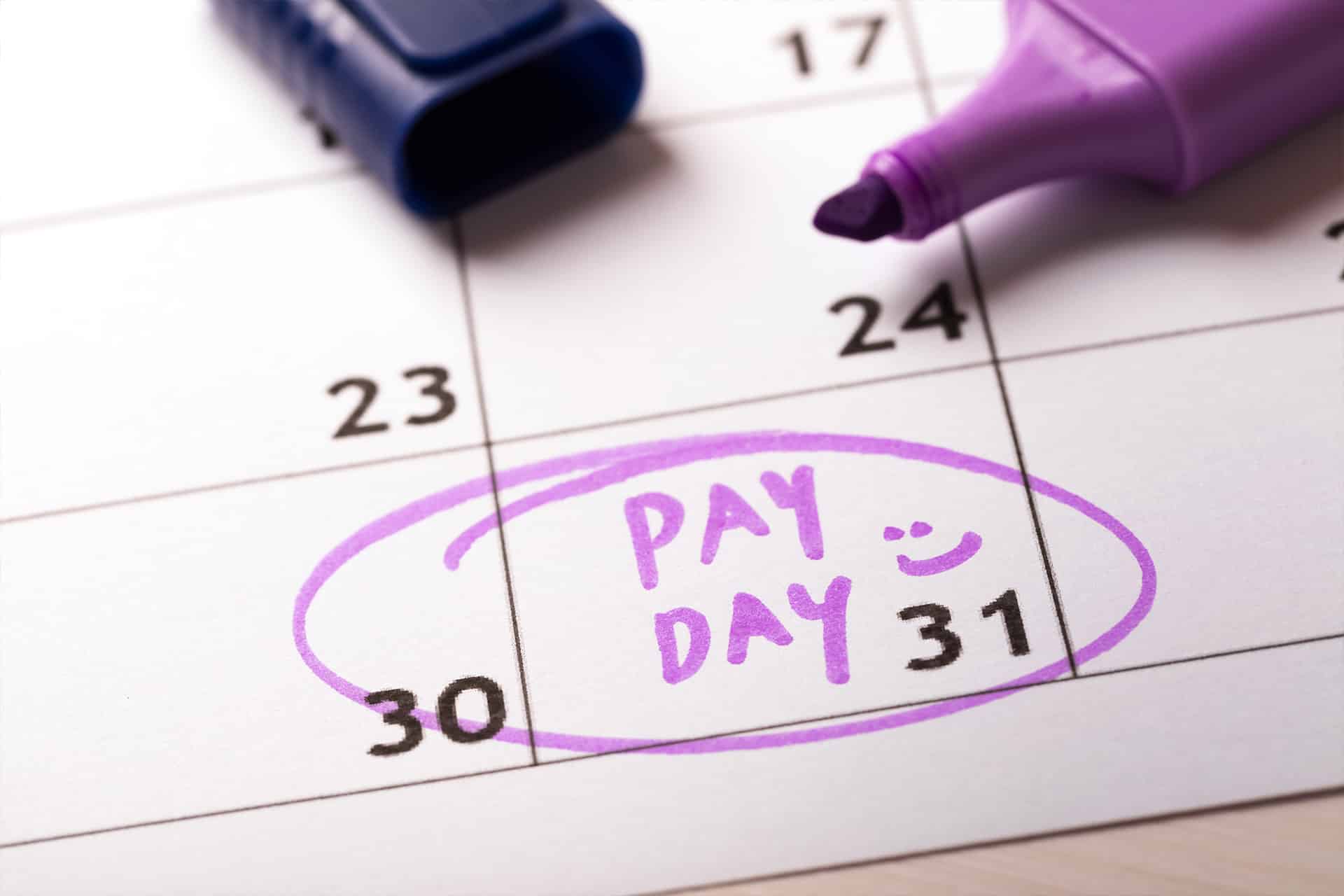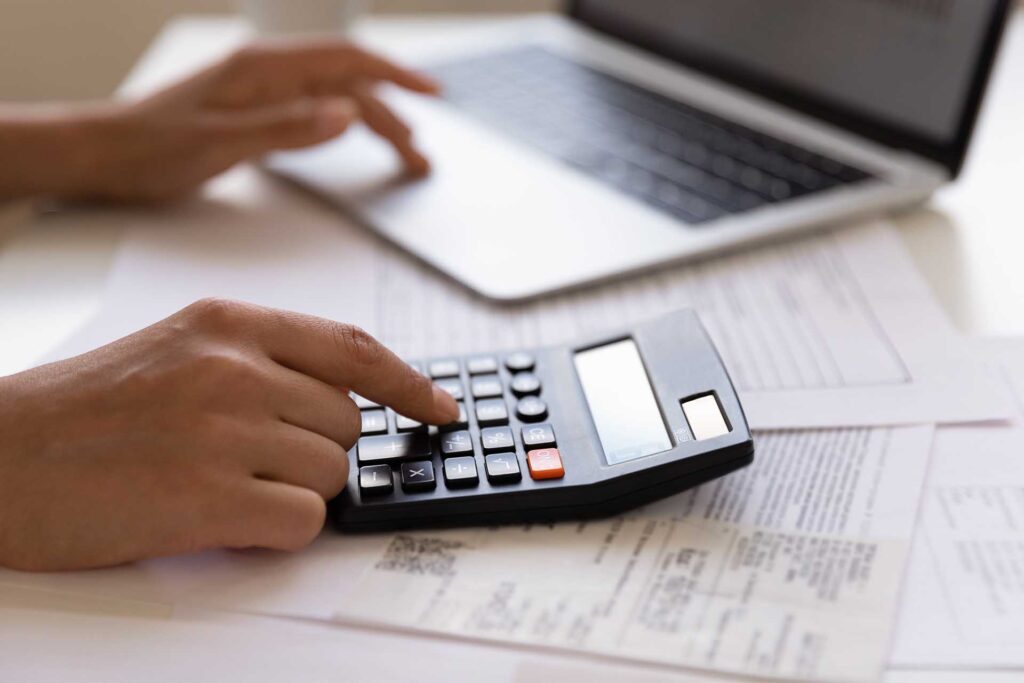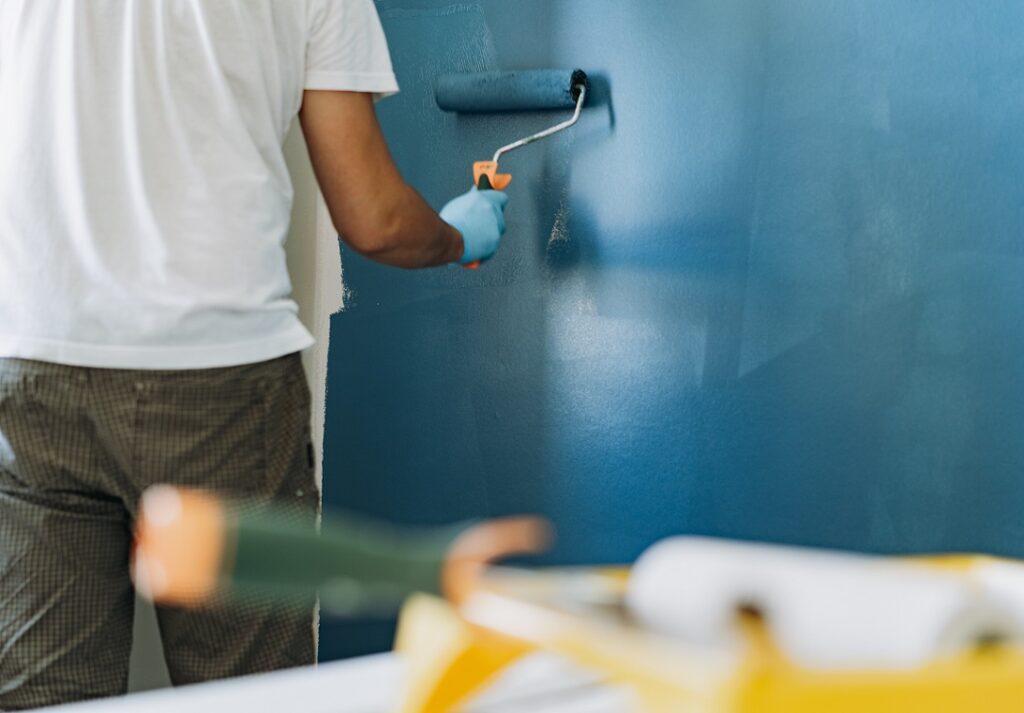How to pay yourself when self-employed

In this article, we'll cover:
If you’re wondering what’s the best way to pay yourself when self-employed or a business owner, you’re in the right place.
This article has everything you need to know about how to pay yourself when self-employed, including working out tax and national insurance. There are also plenty of useful links to help you calculate expenses and become a boss at bookkeeping.
We’ve even prepared an 8-step guide to help you out – it’s free to download!
How to pay yourself a salary when you’re self-employed
As a business owner, the first question to ask yourself is what kind of business structure does your business have?
There are four main types of business structure in the UK:
- Sole trader
- Partnership
- Limited company
- Limited liability partnership
Each business structure is subject to different taxation rules and benefits, ultimately affecting how you pay yourself as a business owner.
You can research the tax regulations for different business structures online. Alternatively, an accountant will advise which business structure will suit your company best from a taxation point of view. Investing in an accountant’s expert advice from the start could save you thousands in tax and NIC over the years.
It’s possible to change the structure of your business at any stage. For example, as your business grows, you may change from a sole trader to a limited company. One of the most common reasons for tradespeople changing their business structure is the different tax benefits and simpler tax filing.
Your next steps will involve getting yourself set up with a business bank account to hold all your money. Check out our guide on how to open a business bank account for more support with this.
Get more from your business
Get exclusive member benefits when you sign up with Checkatrade
Paying yourself as a sole trader or limited company?
How to pay yourself as a sole trader
Your business isn’t financially separate from you as a sole trader. Basically, you can pay yourself money at any point from your business profits, which is called a ‘drawing’. So, your profit is the surplus after expenses are allowed.
As a sole trader, you can dip into your business account whenever you want. But setting a regular payment date has its benefits. You can set up dates to make sure you cover things like rent and direct debits.
This helps you avoid spending on other business expenses early in the month. Nobody wants to find themselves short on finances for tax or the mortgage at the end of the month!
How to pay yourself from a limited company
As the director of a limited company, you can have greater flexibility over how you choose to pay yourself. This can potentially reduce your tax payments depending on your situation.
The amount you choose to take, and the ratio of salary to dividends, will depend on your personal needs and circumstances.

How much to set aside for UK taxes when self-employed?
If you’re self-employed, you need to register as self-employed with HMRC.
You’ll then need to pay taxes and National Insurance Contributions (NIC) to HMRC after completing your annual self-assessment tax return.
After all, no one wants the nasty surprise of a tax bill that’s not budgeted for.
To avoid this, it’s highly recommended you set money aside each month in a savings account for the taxes you’ll owe. (Tip: you’ll also earn interest on this money while it’s in savings). For assistance with this, check out our guide on self-employed tax returns
How much to set aside for tax
- For annual profits of up to £50,000, you should set aside 25% of your earnings for tax
- For annual profits of up to £100,000, you should set aside 40% of your earnings for tax
- For annual profits of £100,000 or more, set aside 45% of your earnings for tax

Budget for ‘payments on account’
You’ll pay the ‘balancing payment‘ for tax owed for the financial year. You must also make ‘payments on account‘ for the year ahead too.
‘Payments on account’ are the advance payments you make towards your tax bill. You do this twice a year (by 31 January and 31 July). Each payment is half your previous year’s tax bill.
National Insurance Contributions (NIC)
You will typically pay your NIC through your self-assessment tax return, and you’ll need to budget for this too. Our guide on national insurance for the self-employed explained can help with some of the trickier pars of this process.
The amount of NI you pay is based on your profit (profit = income – expenses). For help calculating and recording your income and expenses, check out our article on bookkeeping for small business.
You’ll normally pay 2 types of NI as a self-employed tradesperson:
- Class 2 if your profits are £6,725 or more a year
- Class 4 if your profits are £11,909 or more a year
For the tax year 2022/23, you’ll pay:
- Class 2: £3.15 a week
- Class 4: 10.25% on profits between £11,909-£50,270, and 3.25% on profits over £50,270
To budget for the tax and NIC you’ll pay, use the gov.uk ready reckoner tool.
Remember: Put aside both your balancing payment and your payments on account for tax and NIC in a separate saving account. This is to avoid being faced with a tax bill you can’t afford to pay.
Download our free 8-step checklist for paying yourself from your business in the UK
Download our free checklist on the 8 steps you cannot afford not to take when paying yourself as a self-employed tradesperson.
Need financial support for your new business?
Checkatrade tradespeople get money off cool finance app, Powered Now
Find out more



No comments yet!